PARP2 Antibody (PACO02288)
- SKU:
- PACO02288
- Product type:
- Antibody
- Reactivity:
- Human
- Mouse
- Host Species:
- Rabbit
- Isotype:
- IgG
- Application:
- ELISA
- Application:
- WB
- Antibody type:
- Polyclonal
- Conjugation:
- Unconjugated
Frequently bought together:
Description
| Antibody Name: | PARP2 Antibody |
| Antibody SKU: | PACO02288 |
| Size: | 50ug |
| Host Species: | Rabbit |
| Tested Applications: | ELISA, WB |
| Recommended Dilutions: | WB:1:500-1:2000 |
| Species Reactivity: | Human, Mouse |
| Immunogen: | synthesized peptide derived from the Internal region of human PARP-2. |
| Form: | Liquid |
| Storage Buffer: | Liquid in PBS containing 50% glycerol, 0.5% BSA and 0.02% sodium azide. |
| Purification Method: | The antibody was affinity-purified from rabbit antiserum by affinity-chromatography using epitope-specific immunogen. |
| Clonality: | Polyclonal |
| Isotype: | IgG |
| Conjugate: | Non-conjugated |
| Synonyms: | PARP2; ADPRT2; ADPRTL2; Poly [ADP-ribose] polymerase 2; PARP-2; hPARP-2; ADP-ribosyltransferase diphtheria toxin-like 2; ARTD2; NAD(+) ADP-ribosyltransferase 2; ADPRT-2; Poly[ADP-ribose] synthase 2; pADPRT-2 |
| UniProt Protein Function: | Involved in the base excision repair (BER) pathway, by catalyzing the poly(ADP-ribosyl)ation of a limited number of acceptor proteins involved in chromatin architecture and in DNA metabolism (PubMed:10364231, PubMed:28190768). This modification follows DNA damages and appears as an obligatory step in a detection/signaling pathway leading to the reparation of DNA strand breaks (PubMed:10364231). Mediates serine ADP-ribosylation of target proteins following interaction with HPF1; HPF1 conferring serine specificity (PubMed:28190768). |
| NCBI Summary: | This gene encodes poly(ADP-ribosyl)transferase-like 2 protein, which contains a catalytic domain and is capable of catalyzing a poly(ADP-ribosyl)ation reaction. This protein has a catalytic domain which is homologous to that of poly (ADP-ribosyl) transferase, but lacks an N-terminal DNA binding domain which activates the C-terminal catalytic domain of poly (ADP-ribosyl) transferase. The basic residues within the N-terminal region of this protein may bear potential DNA-binding properties, and may be involved in the nuclear and/or nucleolar targeting of the protein. Two alternatively spliced transcript variants encoding distinct isoforms have been found. [provided by RefSeq, Jul 2008] |
| UniProt Code: | Q9UGN5 |
| NCBI GenInfo Identifier: | 110825961 |
| NCBI Gene ID: | 10038 |
| NCBI Accession: | NP_005475 |
| UniProt Secondary Accession: | Q9UGN5,Q8TEU4, Q9NUV2, Q9UMR4, Q9Y6C8, |
| UniProt Related Accession: | Q9UGN5 |
| Molecular Weight: | 42.5 kDa (376aa) |
| NCBI Full Name: | poly |
| NCBI Synonym Full Names: | poly(ADP-ribose) polymerase 2 |
| NCBI Official Symbol: | PARP2 |
| NCBI Official Synonym Symbols: | ARTD2; ADPRT2; PARP-2; ADPRTL2; ADPRTL3; pADPRT-2 |
| NCBI Protein Information: | poly [ADP-ribose] polymerase 2 |
| UniProt Protein Name: | Poly [ADP-ribose] polymerase 2 |
| UniProt Synonym Protein Names: | ADP-ribosyltransferase diphtheria toxin-like 2; ARTD2; NAD(+) ADP-ribosyltransferase 2; ADPRT-2; Poly[ADP-ribose] synthase 2; pADPRT-2 |
| Protein Family: | Poly [ADP-ribose] polymerase |
| UniProt Gene Name: | PARP2 |



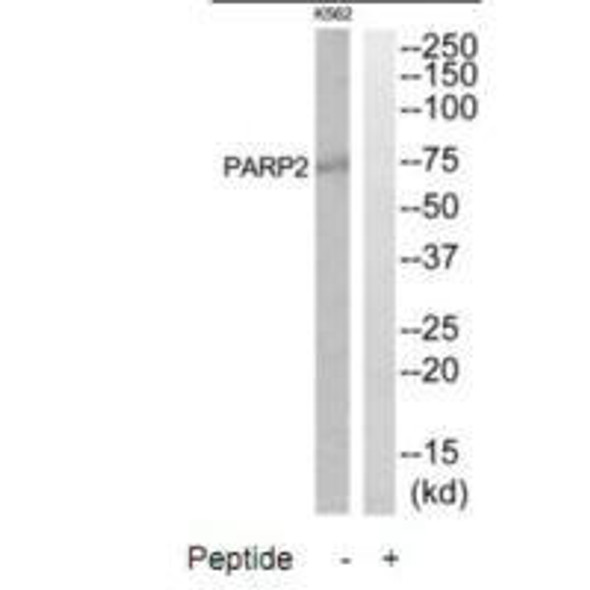

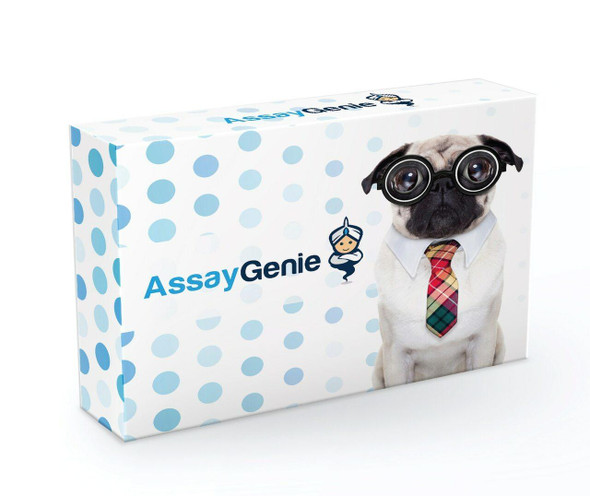
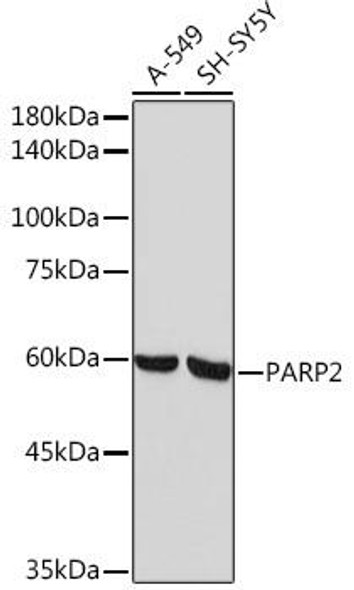
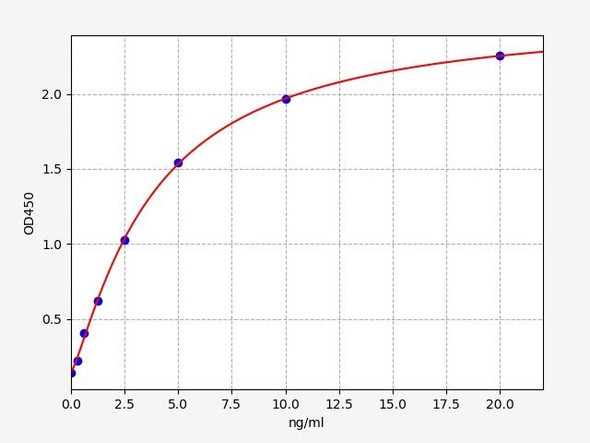
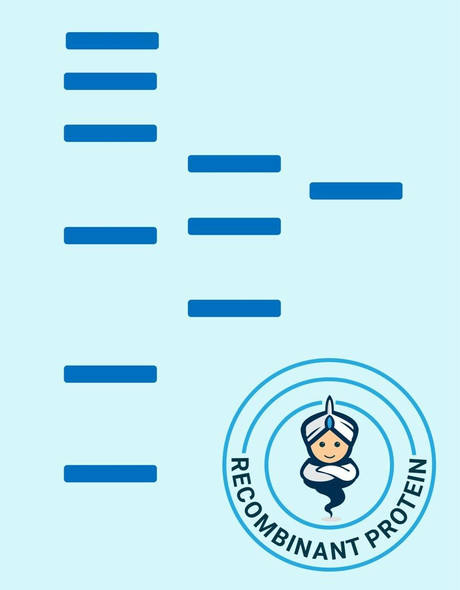
![Human Poly [ADP-ribose] polymerase 2 (PARP2) ELISA Kit Human Poly [ADP-ribose] polymerase 2 (PARP2) ELISA Kit](https://cdn11.bigcommerce.com/s-39x6lpnvxv/images/stencil/590x590/products/114130/112314/human-poly-adp-ribose-polymerase-2-parp2-elisa-kit__34824__91258.1647949551.jpg?c=1)
![Mouse Poly [ADP-ribose] polymerase 2 (Parp2) ELISA Kit Mouse Poly [ADP-ribose] polymerase 2 (Parp2) ELISA Kit](https://cdn11.bigcommerce.com/s-39x6lpnvxv/images/stencil/590x590/products/116715/114899/mouse-poly-adp-ribose-polymerase-2-parp2-elisa-kit__37401__87387.1647950147.jpg?c=1)